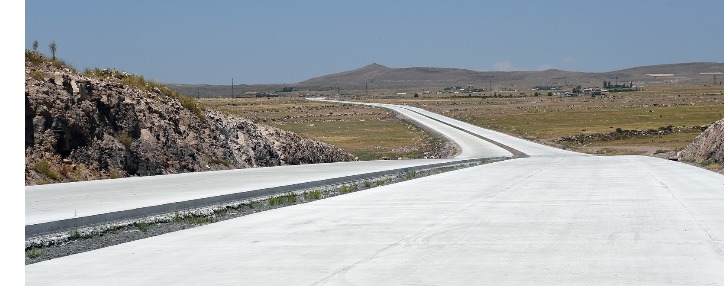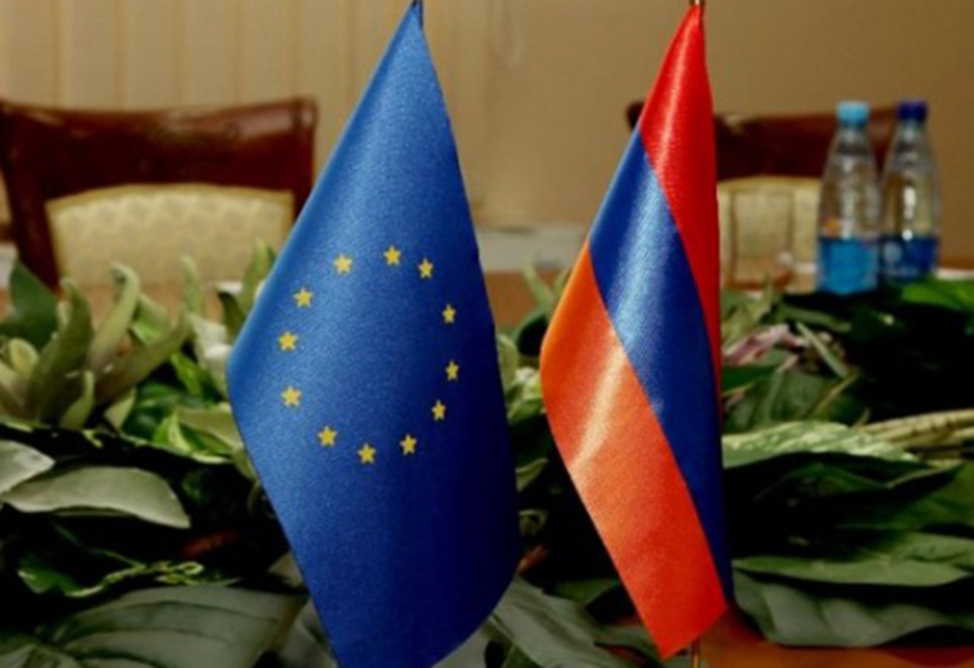Armenia may become important transit hub due to its connection to North-South International Transport Corridor - Eurasian Development Bank

YEREVAN, November 30. /ARKA/. Armenia may become an important transit hub due to its connection to the North-South International Transport Corridor (NSITC), according to a Eurasian Development Bank’s research.
The research says that the corridor could be very important for increasing the transport communication of the Republic of Armenia with the foreign markets.
"The NSITC, which is currently in the final stages of construction and is to connect the Republic of Armenia with the Islamic Republic of Iran, can be complemented by a new 23-kilometer long section of Kvesheti-Kobi road, including a 10-kilometer tunnel in Georgia. As a backup to the existing road to the Russian-Georgian Upper Lars road checkpoint, the tunnel will open new prospects for the development of transport and communication opportunities for the Republic of Armenia and access of its goods to foreign markets," the research says.
The authors of the study point out that India and Iran actively support the initiative. In March this year, India's Ambassador to Iran said that Armenia's connection to the North-South ITC can be realized through Chabahar port in Iran.
The launch of the transport corridor through Armenia is of strategic importance for Iran and India. Iran will be able to diversify the routes of cargo deliveries to Russia and Europe. Currently, Iran's main trade turnover with Russia is through Azerbaijan, while Iranian goods are delivered to Europe through the territory of Turkey.
At the same time, India can strengthen its position in the North-South ITC project by getting a shortcut to Georgia, the Black Sea ports and the EAEC market," according to the research.
However, as the report says, Armenia's accession to the international transport corridor will be possible only after the completion of the national section of the North-South highway which will reduce the distance from the Georgian to the Iranian border.
"It should be noted that the Armenian and Iranian foreign ministers discussed the challenges of transport transit from Iran to Armenia and ways to overcome them at the 76th session of the UN General Assembly. In this regard, the Armenian Foreign Minister informed about the construction process of the new section of the Sisian - Kajaran road as part of the North-South Transport Corridor. At the end of September this year, the Armenian government approved the investment program designed for the construction of this section connecting the southern regions of the country with the center of Armenia. Design work is underway on the Kajaran-Agarak section, which will facilitate access to Iran. The construction of the North-South Road Corridor sections will be carried out in cooperation with international partners, including tenders and attraction of financial resources," the report says.
About the North-South ITC
The multimodal INSTC connect the Nordic countries and the north-western part of the Eurasian Economic Union (EEU) to the Gulf and Indian Ocean states via the Caucasus and Central Asia. The corridor includes rail, road, air, sea, and river transport infrastructure and has three main routes: 1) the Western route running along the western coast of the Caspian Sea through Russia and Azerbaijan; 2) the Eastern route along the eastern coast of the Caspian Sea through Kazakhstan and Turkmenistan; and 3) the Trans-Caspian one that uses ferry and container lines across the Caspian Sea.
The main advantage of the INSTC compared to the other routes, including the sea route through the Suez Canal, is that it halves delivery times. For example, it takes 30 to 45 days to deliver cargoes from Mumbai to Saint Petersburg by the traditional route through the Suez Canal, while the INSTC land route delivery times may vary from 15 to 24 days. Moreover, using the Eastern route of the corridor that runs through Kazakhstan and Turkmenistan can reduce delivery times to 15–18 days.
The Eurasian Development Bank (EDB) is an international financial institution promoting integration and development in its member countries. For 15 years, the Bank has worked to strengthen and broaden economic ties and foster comprehensive development in its member countries – Armenia, Belarus, Kazakhstan, the Kyrgyz Republic, Russia, and Tajikistan.
The EDB's charter capital totals US $7 billion. The EDB’s portfolio mainly consists of projects with an integration effect in the areas of transport infrastructure, digitalization, green energy, agriculture, industry, and mechanical engineering. The Bank adheres to the UN Sustainable Development Goals and ESG principles in its operations -0-.



